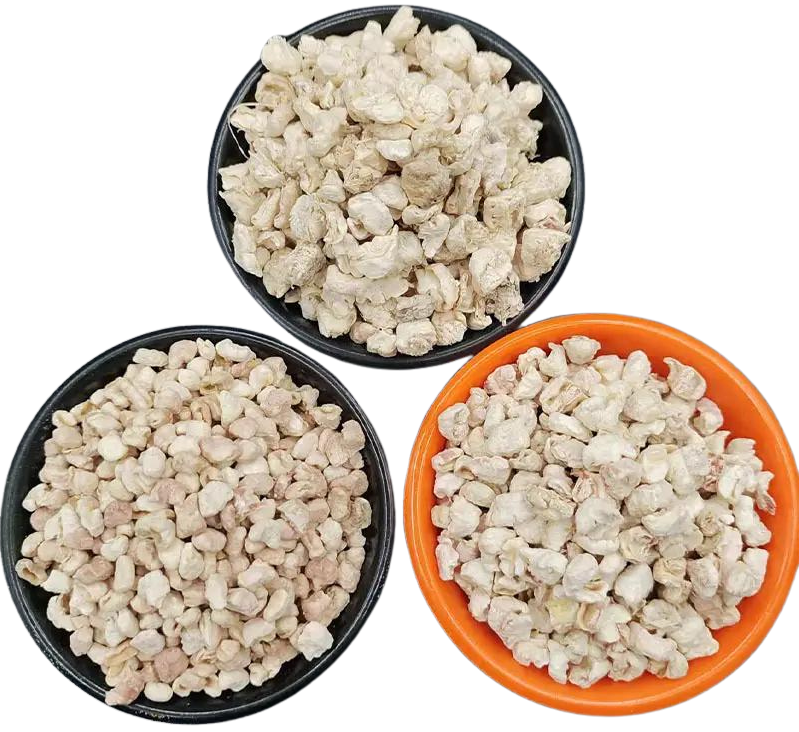
ore types
Understanding Ore Types A Comprehensive Overview
The mining industry is a cornerstone of modern civilization, providing the raw materials necessary for construction, manufacturing, and technology. One of the fundamental aspects of mining is the classification of ores, which are naturally occurring materials from which metals, minerals, or other valuable resources can be extracted. Understanding the different types of ores is essential for efficient mining operations, resource management, and environmental sustainability.
1. What Are Ores?
Ores are type of rocks that contain sufficiently high concentrations of minerals, typically metals, to make extraction economically viable. The extraction process involves several stages, including exploration, mining, and processing. The value of an ore is determined by the quantity and quality of the target mineral it contains, as well as the market demand for that mineral.
Ores can be broadly categorized into three main types based on their mineral content and the method used for their extraction
- Metallic Ores These ores contain metals that can be extracted through smelting or chemical processes. Common examples include - Iron Ore Predominantly found in sedimentary rocks, iron ore is the primary source of iron, which is crucial for steel production. Major types include hematite and magnetite. - Copper Ore Rich in copper minerals such as chalcopyrite, copper ores are vital for electrical wiring and plumbing. - Aluminum Ore (Bauxite) Bauxite is the primary source of aluminum, essential in various industries, from aerospace to packaging.
- Non-Metallic Ores These ores are devoid of metal and are typically used for industrial processes or as raw materials. Examples include - Limestone Used extensively in construction and as a raw material in cement production. - Gypsum Commonly used in plaster and drywall. - Phosphate Rock Essential for fertilizers, phosphates are crucial in agriculture.
ore types

- Energy Ores These include materials used for energy production. Notable examples are - Coal A major fossil fuel used for electricity generation and steel production. - Uranium Ore Extracted for nuclear energy production, uranium is critical in the fight against climate change as a low-carbon energy source.
3. Importance of Ore Classification
Classifying ores is crucial for several reasons. Firstly, it aids in the identification of suitable extraction techniques. Different types of ores require different processing methods. For instance, metallic ores generally undergo smelting, while non-metallic ores might be processed through grinding and flotation.
Secondly, classification informs environmental management strategies. Mining operations must consider the environmental impact associated with different ore types. For instance, the extraction of heavy metals can lead to soil and water contamination, necessitating rigorous safety and rehabilitation measures.
Finally, ore classification influences economic decisions. Understanding the marketability of different ores allows mining companies to prioritize their operations based on demand and profitability. For instance, as renewable energy technologies advance, the demand for lithium and cobalt—used in batteries—has surged, prompting increased mining efforts.
4. Conclusion
In conclusion, ore types are fundamental to the mining industry, shaping extraction techniques, environmental practices, and economic strategies. As society continues to evolve, so too will the significance of various ores, particularly as we transition toward greener technologies. A deeper understanding of these resources will ensure that we use them responsibly and sustainably, benefiting both the economy and the environment for generations to come.
Share
-
Natural Premium Bentonite Cat Litter - Superior ClumpingNewsJul.31,2025
-
Premium Resin Coated Sand - High Heat Resistance CastingNewsJul.31,2025
-
High Quality Silicon Carbide Grit for Abrasive ApplicationsNewsJul.30,2025
-
High-Quality Ceramsite for Plants & Gardening | Lightweight PebblesNewsJul.29,2025
-
Premium Burgundy Glass Marbles for Vases & Shooter GamesNewsJul.29,2025
-
High Purity Quartz Sand for Industrial and Ground ApplicationsNewsJul.29,2025






